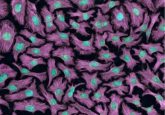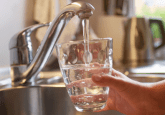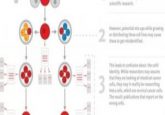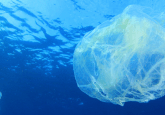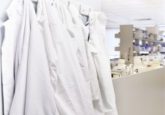Is your microbial QC testing stuck in the past?
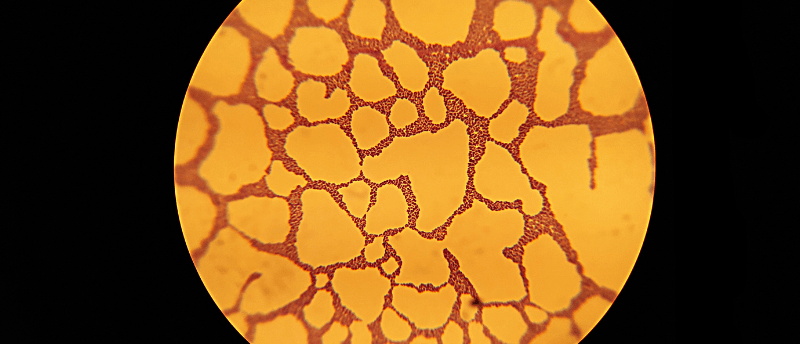
Membrane filtration is becoming one of the more simple ways to test for microbial contamination and has many different applications from testing drinking water to environmental samples and pharmaceuticals. This technique has improved as membrane technology advances and new protocols are designed for more challenging samples. Here, Pall Laboratories writes about the advances in this technique and some of the ways it can be used for more difficult samples.
Perhaps the most important advantage of membrane filtration is its accuracy and sensitivity, driven by the fact that it uses filtration as the first step in the protocol and therefore tests the entire sample. This is critically important for testing samples such as pharmaceuticals, food, or drinking water where even low levels of contamination could be a danger to human health. It is also important where large volumes are required to be tested, such as for Environmental Protection Agency (EPA) water purity tests in the US where a volume of at least 100 mL is required, way beyond the maximum volume that can be processed by Spread Plate (0.5 mL) or Pour Plate (2 mL) techniques…
